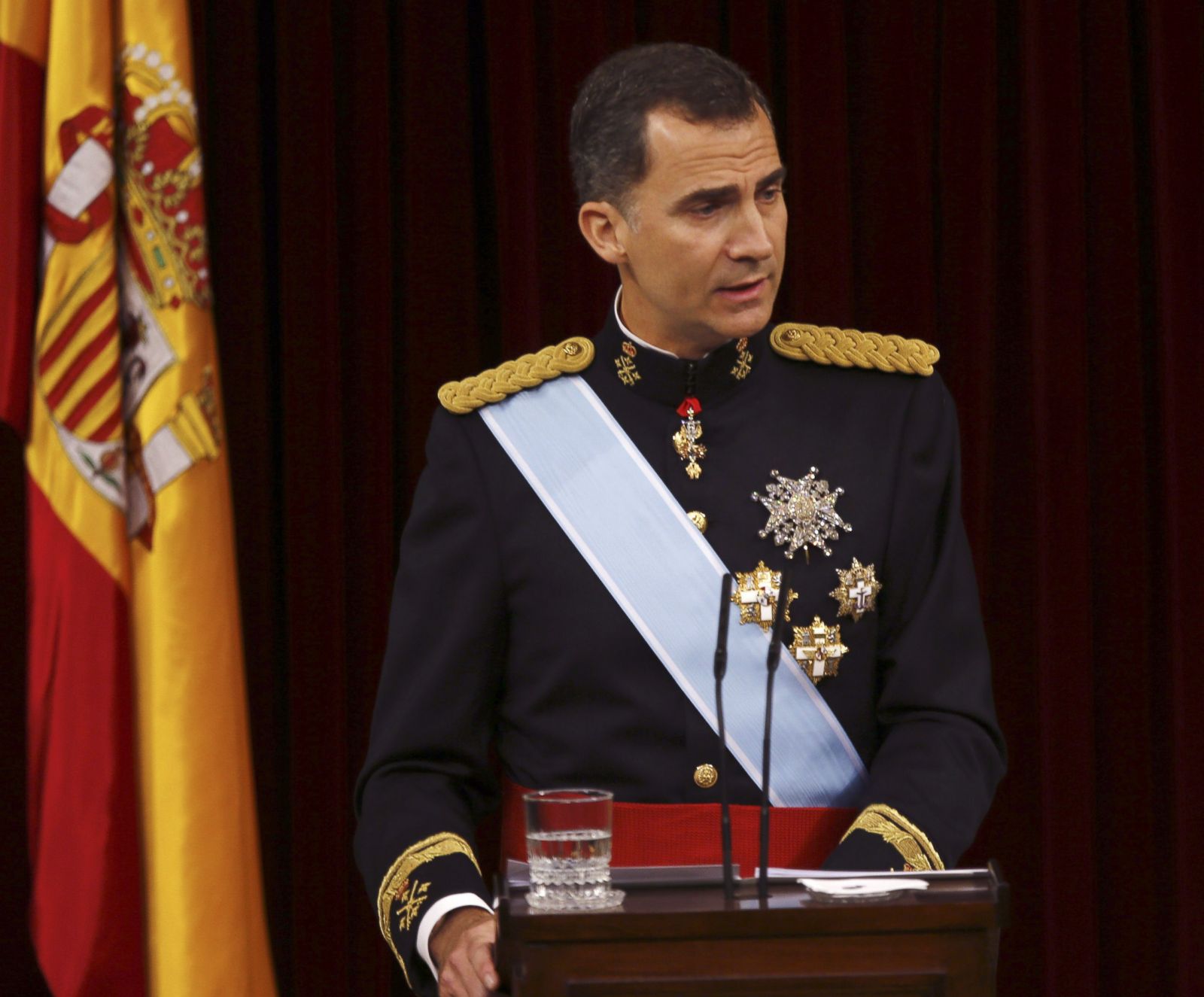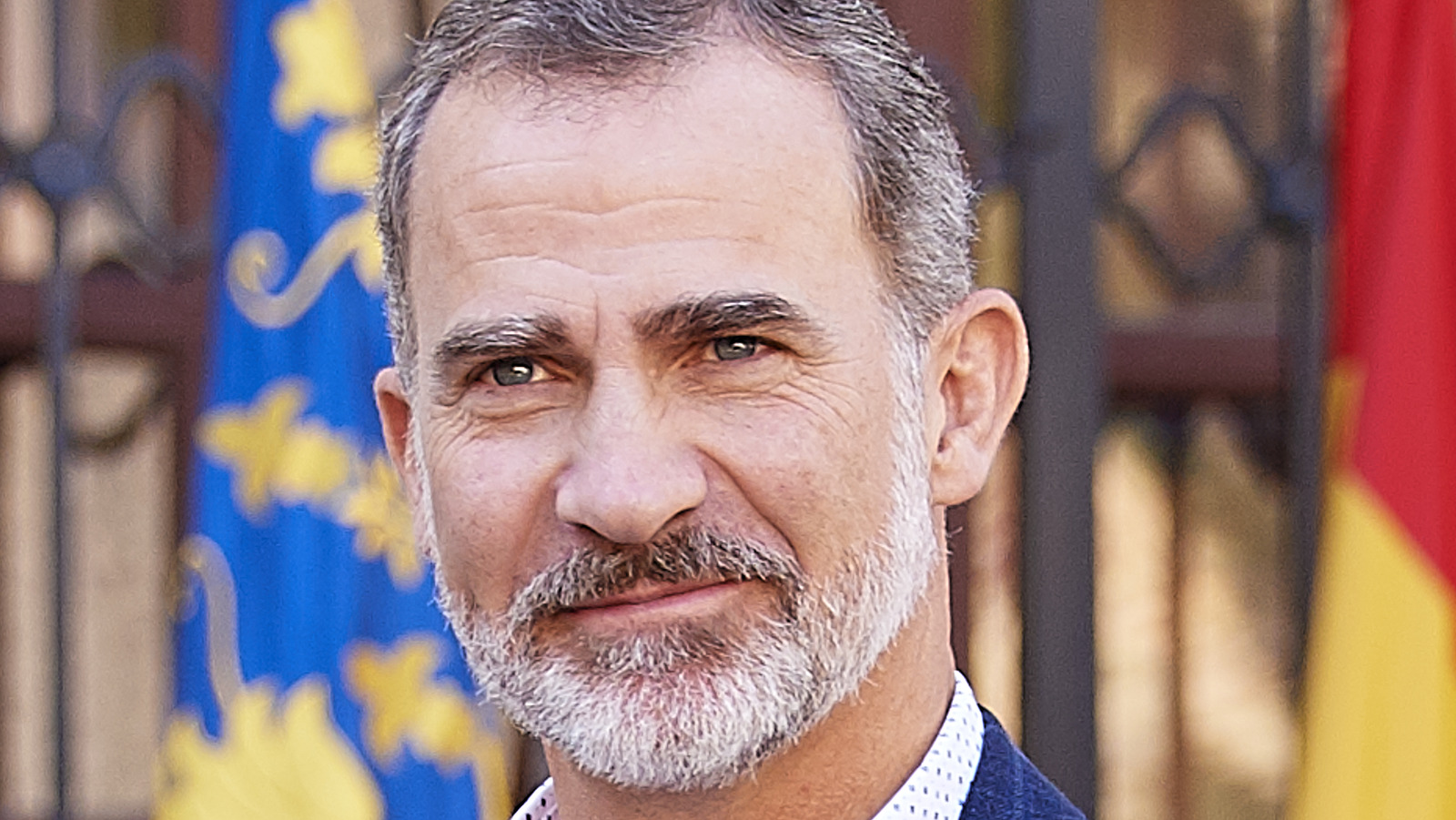Historical Significance of the Spanish Monarchy

The Spanish monarchy is one of the oldest and most respected institutions in Europe. Its origins can be traced back to the Visigothic Kingdom of Toledo, which was established in the 5th century AD. The Visigothic kings were elected by the nobility, and they ruled over a territory that included most of the Iberian Peninsula.
In the 8th century, the Visigothic kingdom was conquered by the Moors, a Muslim people from North Africa. The Moors ruled over Spain for several centuries, but they were eventually defeated by the Christian Reconquista. The Reconquista was a series of wars fought by the Christian kingdoms of Spain against the Moors. It lasted for several centuries, and it culminated in the expulsion of the Moors from Spain in 1492.
After the Reconquista, Spain was ruled by a series of Catholic monarchs. The most famous of these monarchs was Isabella I of Castile and Ferdinand II of Aragon. Isabella and Ferdinand were married in 1469, and they united the kingdoms of Castile and Aragon. They also sponsored the voyages of Christopher Columbus, which led to the discovery of the New World.
The Spanish monarchy reached its height during the 16th and 17th centuries. During this time, Spain was a global superpower. It controlled a vast empire that included territories in Europe, the Americas, and Asia. The Spanish monarchy also played a major role in the Catholic Reformation.
In the 18th century, the Spanish monarchy began to decline. Spain lost several wars, and it was forced to cede territories to other European powers. The monarchy was also weakened by a series of internal conflicts.
In the 19th century, the Spanish monarchy was overthrown several times. It was finally restored in 1874, but it was a much weaker institution than it had been in the past.
The Spanish monarchy survived the 20th century, but it was not without its challenges. The monarchy was overthrown again in 1931, and it was not restored until 1975.
Today, the Spanish monarchy is a constitutional monarchy. The king is the head of state, but he has no real political power. The king’s role is largely ceremonial.
The Spanish monarchy has a long and rich history. It has played a major role in Spanish history and society. The monarchy is a symbol of Spanish unity and tradition.
Current Role and Responsibilities of the King of Spain

The King of Spain serves as the Head of State and symbol of national unity, according to the Spanish Constitution of 1978. The King is responsible for safeguarding the Constitution and ensuring its proper functioning, and he represents Spain internationally.
Political and Ceremonial Duties
The King has a number of political duties, including appointing the Prime Minister, dissolving the Parliament, and sanctioning laws passed by the Parliament. He also acts as the Commander-in-Chief of the Armed Forces and presides over the Council of Ministers.
In addition to his political duties, the King also performs a number of ceremonial duties, such as opening the Parliament, attending state banquets, and receiving foreign dignitaries.
Relationship with the Government and the People of Spain
The King is the head of the Spanish government, but he does not have any real political power. He is bound by the Constitution and must act on the advice of the Prime Minister and the Council of Ministers.
The King is a popular figure in Spain, and he is seen as a symbol of national unity. He is also a strong supporter of the Spanish Constitution and the democratic values that it enshrines.
Cultural and Social Impact of the Spanish Monarchy
The Spanish monarchy holds immense cultural and social significance in the country. As a symbol of national identity and heritage, the monarchy plays a pivotal role in promoting and preserving Spanish traditions, culture, and values.
Role of the King in Promoting Spanish Heritage and Traditions
The king, as the head of state, serves as a custodian of Spanish heritage. He actively participates in cultural events, supports historical preservation efforts, and promotes Spanish arts and crafts. By embodying the nation’s past and present, the king helps to foster a sense of national pride and unity among the Spanish people.
Symbolic Importance of the Monarchy in Spanish Culture
The monarchy has deep roots in Spanish history, dating back centuries. It represents continuity, stability, and tradition in a country that has experienced significant political and social change. The king is seen as a symbol of national unity and a guarantor of the country’s constitutional order.
Public Perception of the Monarchy, King of spain
The public perception of the monarchy in Spain is generally positive. The king is respected as a symbol of the nation and a figurehead for Spanish values. However, the monarchy has also faced criticism in recent years, particularly over financial scandals and the perceived lack of transparency in its affairs.
The current king of Spain, Felipe VI, is the son of King Juan Carlos I and Queen Sofía. He was born in Madrid in 1968 and became king in 2014. He is married to Letizia Ortiz, a former journalist, and they have two daughters, Leonor and Sofía.
The king of Spain is the head of state and the commander-in-chief of the armed forces. He also has a role in the government, but his powers are limited by the constitution.
King Felipe VI of Spain, an avid tennis fan, has been following the remarkable rise of Carlos Alcaraz with great interest. Alcaraz’s stunning victory over Novak Djokovic in the Madrid Open carlos alcaraz vs djokovic was a testament to his exceptional talent and unwavering determination.
As Alcaraz continues to ascend the ranks of professional tennis, King Felipe VI undoubtedly takes pride in the young Spaniard’s achievements, which reflect the resilience and spirit of the Spanish people.